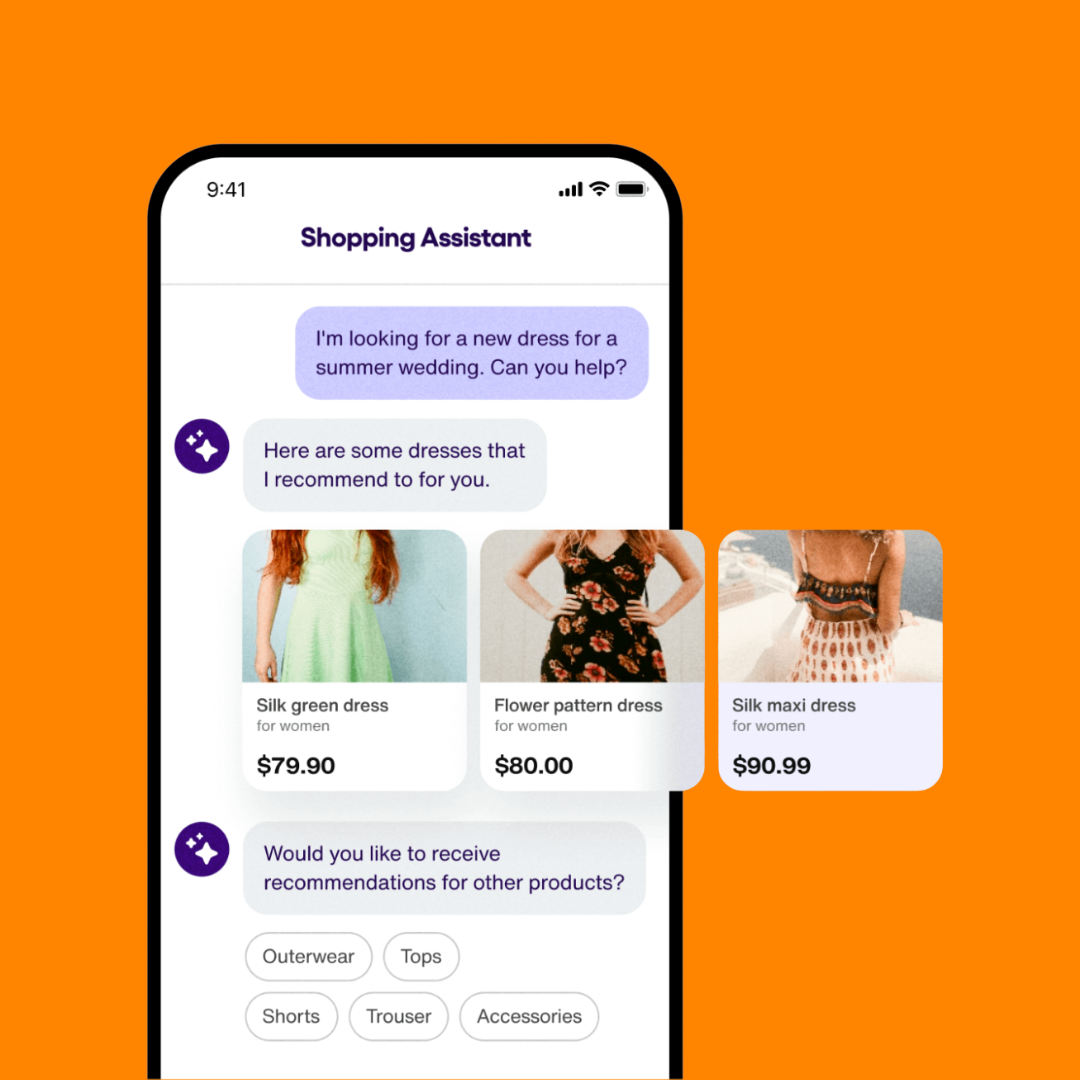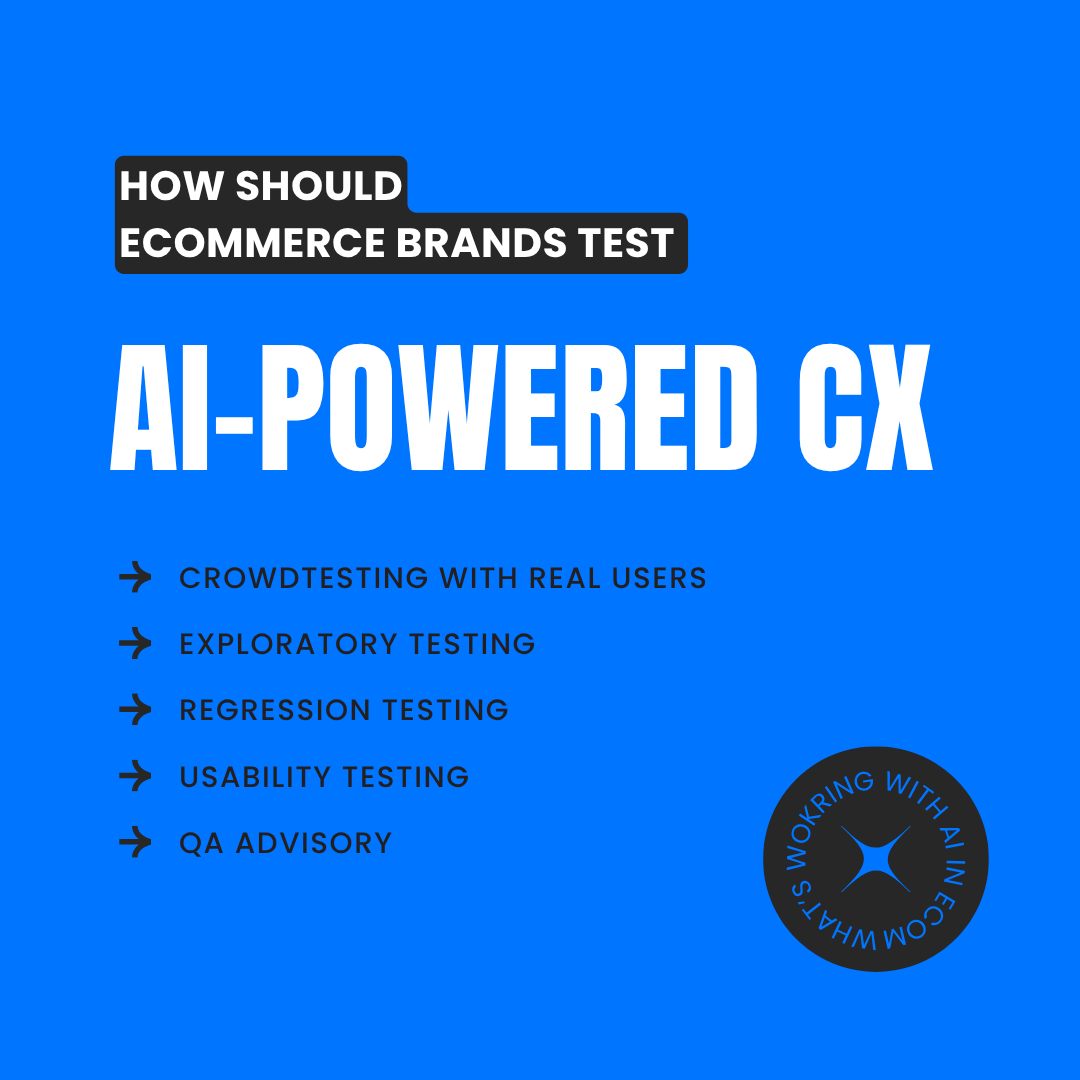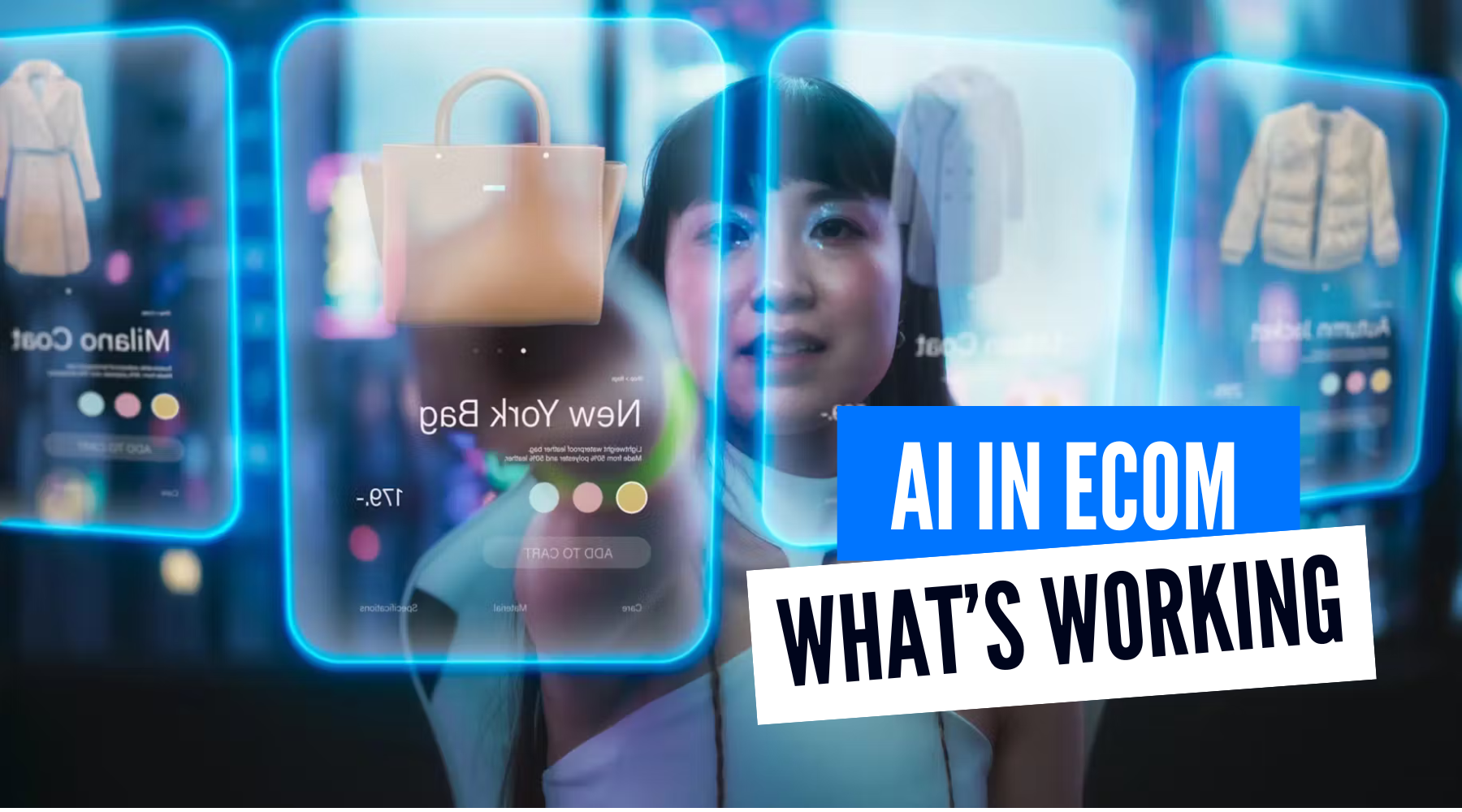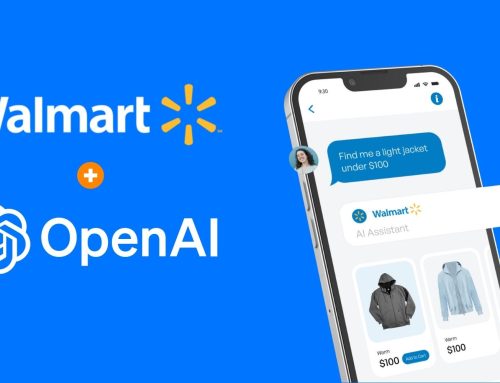AI is reshaping ecommerce customer experience. But not without challenges
The ecommerce world is full of bold AI promises: hyper-personalisation, instant service, predictive buying, and efficient automation. But as we’ve seen first-hand at Digivante, where we support mid-to-enterprise ecommerce brands with quality assurance and crowdtesting, the reality is more nuanced.
For every AI-powered chatbot that delights, there’s another that frustrates. For every recommendation engine that lifts AOV, there’s one that recommends irrelevant products and damages trust.
So, what’s really working when it comes to AI in ecommerce CX? And what’s still a work in progress?
Why Digivante is writing about this now
Over the last year, we’ve supported several ecommerce brands on their AI journeys, not from a product development angle, but as part of the QA and testing process that ensures AI works well for customers.
We’ve seen where AI creates value. We’ve also seen where it fails, usually due to gaps in testing, lack of real-world validation, or poor integration into the broader CX flow. This post is a reflection of what we’ve learned working with ecommerce leaders rolling out AI in high-stakes environments.
What’s working
- AI-driven search and product discovery
Natural language search and AI-powered filtering tools are improving product discovery for large catalogues, when done right…
✅ Real-world win: One fashion retailer saw reduced bounce rates on PLPs after implementing AI search, but only after we uncovered key UX friction and fixed the false positives in their AI logic.
- Hyper-personalised content and merchandising
AI is helping tailor homepage banners, emails, and even on-site CTAs. When tested properly, this increases relevance and conversions.
? QA Tip: Test across audience segments and devices. What personalises well for one customer might alienate another.
- Customer service automation
Chatbots and AI-driven FAQs can improve response times and reduce live agent pressure.
? But: Only when flows are tested for intent recognition and escalation paths. Otherwise, they frustrate customers and damage CSAT.

- Operational optimisation
AI is streamlining inventory forecasting, dynamic pricing, and logistics. These backend improvements often go unnoticed by the end user, but significantly affect CX if they fail.
?️ We help test the downstream UX impact (e.g. item availability visibility, pricing clarity, and cart performance).
What’s not working (yet)
- Unvalidated AI recommendations
We’ve seen AI engines recommending summer clothes in December or suggesting upsells that conflict with the basket contents.
? Fix: Test recommendation logic with real users across edge cases, not just averages.
- Unstructured, unscalable testing
Many brands launch AI pilots without fully thinking through QA. AI CX features are often tested like any other feature, despite being more probabilistic and prone to edge-case failure.
✅ Our approach: Use exploratory testing and real-user testing at scale to simulate edge-case scenarios AI might misinterpret.
- Overreliance on Automation
AI is often seen as “self-learning”, so teams assume it doesn’t need as much testing. The opposite is true.
? Pro tip: Regression testing becomes even more critical with AI. A model update might improve one area while unintentionally breaking another.
- CX fragmentation
We’ve seen AI tools bolted on without thinking about the full user journey. The result? Inconsistent tone, duplicated effort, and confusing handoffs between AI and human.
? Unified testing solves this by aligning QA, UAT, UX and AI validation into a cohesive workflow.
So how should ecommerce brands test AI-powered CX?

- Crowdtesting with real users simulates unpredictable user behaviour AI might not expect.
- Exploratory testing helps uncover unexpected failure modes.
- Regression testing ensures updates don’t break past improvements.
- Usability testing ensures that AI outcomes make sense to customers, not just dev teams.
- QA advisory aligns your AI rollout with product, marketing, dev and compliance goals.
AI only improves CX if the experience actually works
AI is not magic. It’s code, models and data – all of which need to be validated, tested and continuously optimised.
At Digivante, we help ecommerce teams de-risk their AI rollouts through QA expertise and scalable crowdtesting services, from usability to regression to exploratory.
Whether you’re piloting AI search, launching chatbots, or exploring personalisation, we help make sure what you build delivers what your customers expect.
Want to benchmark your AI-powered experience?
Book a free QA consultation with our team. We’ll walk you through the key risks and test types to prioritise for your rollout.





